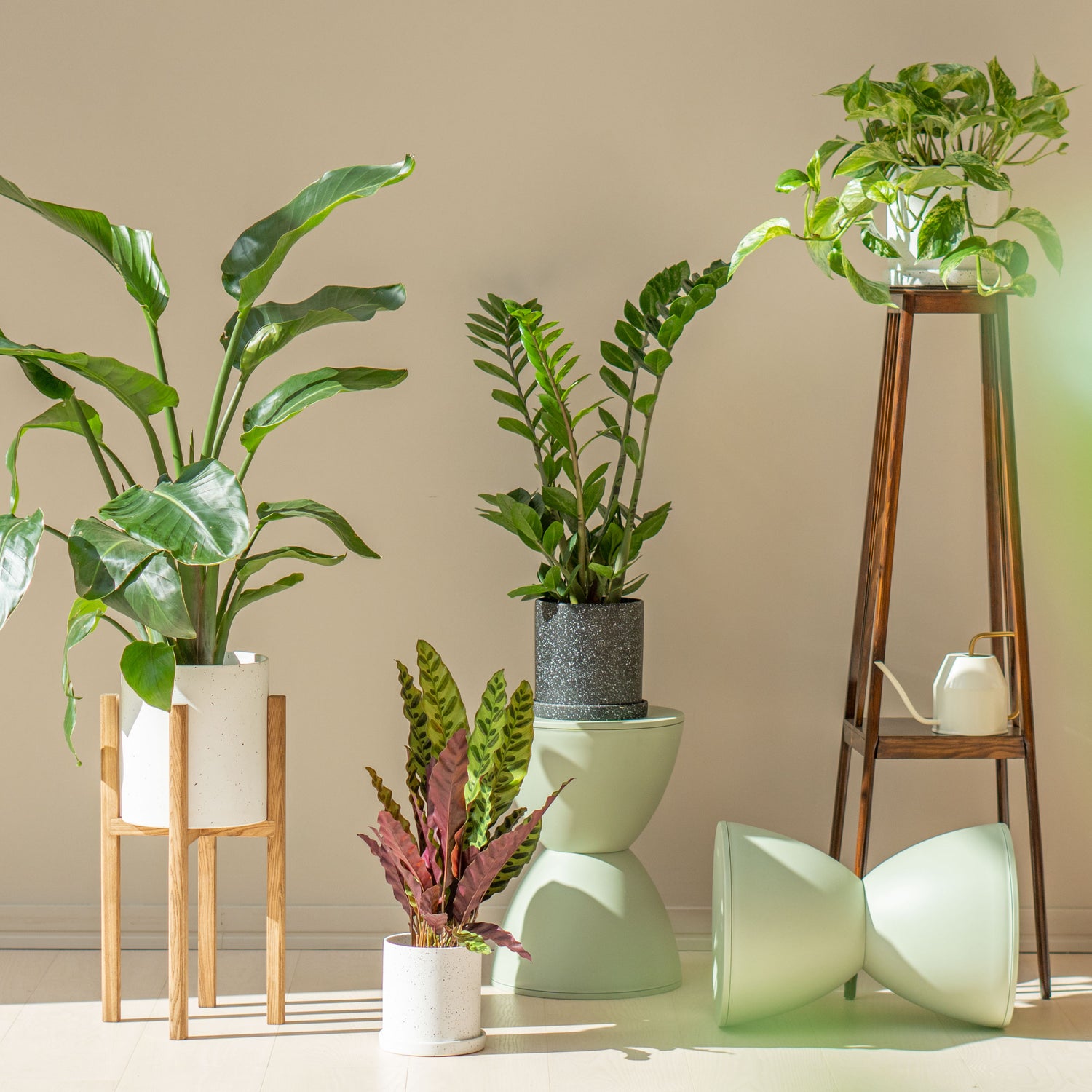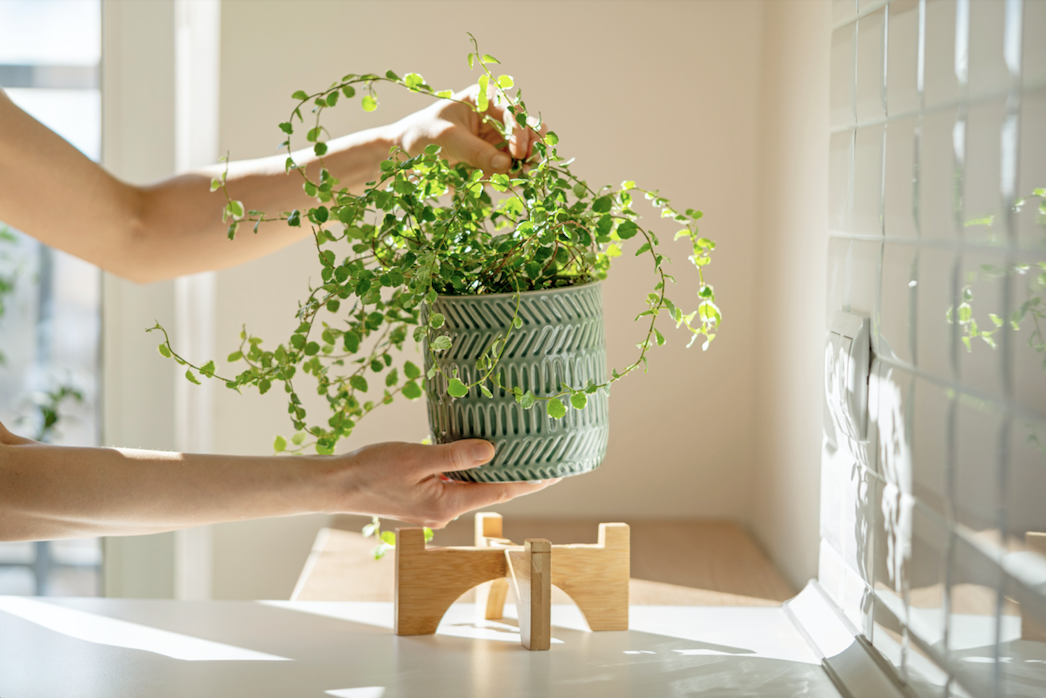
Choosing the Right Plant Pot: Tips and Recommendations
Selecting the right pot for your houseplants is crucial for their health and growth. With numerous options available, it can be overwhelming to decide which one is best for your plants. In this article, we’ll explore different types of plant pots, key factors to consider, and provide tips to help you make the best choice for your green companions.

Types of Plant Pots
Plastic Pots
Plastic pots are lightweight, inexpensive, and come in various colors and sizes. They retain moisture well, making them ideal for plants that prefer consistently moist soil. However, they can also lead to overwatering if not monitored carefully.
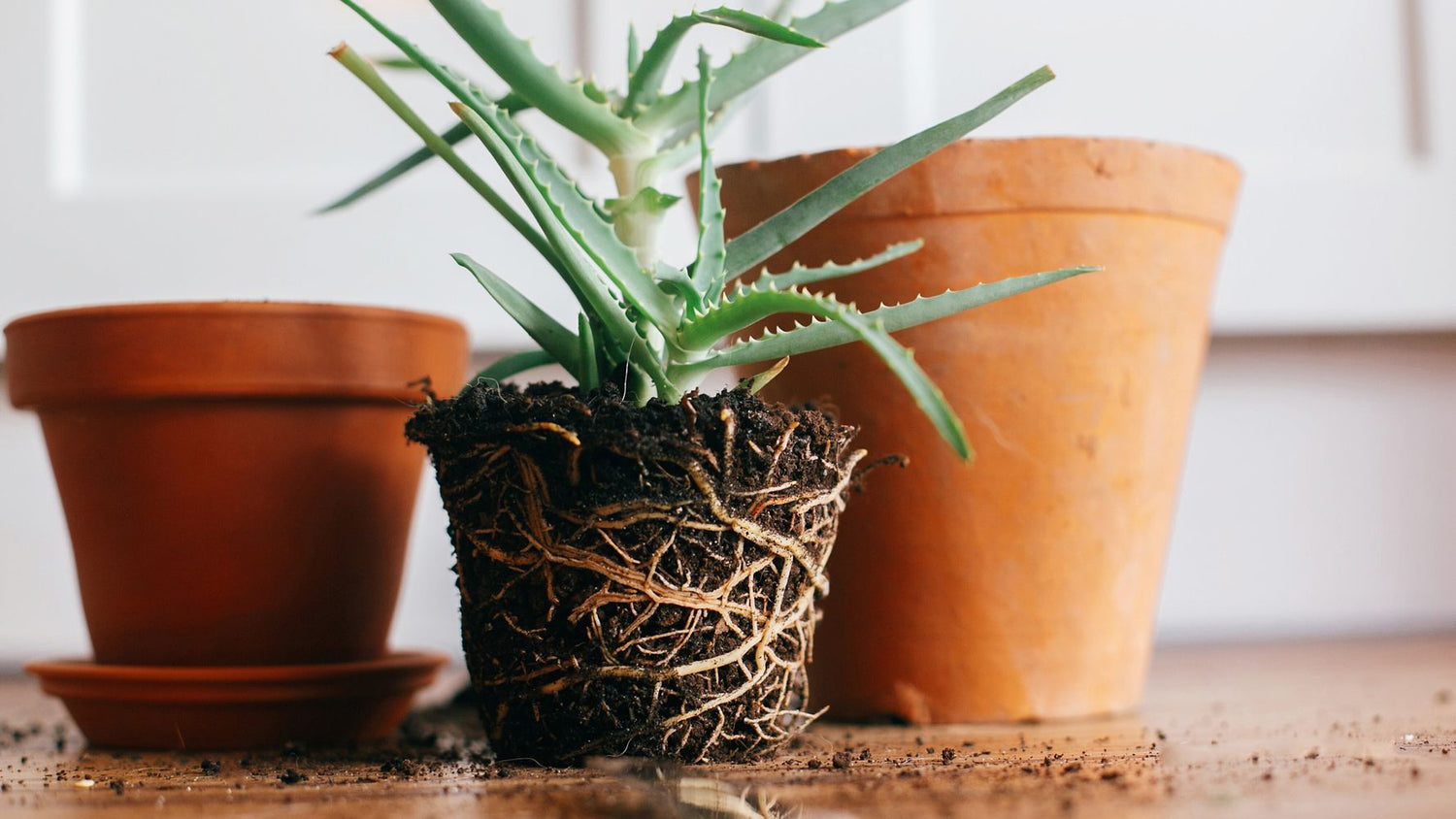
Types of Plant Pots
Terracotta Pots
Terracotta pots are made from clay and are known for their porous nature, which allows air and moisture to move through the walls of the pot. This helps prevent root rot and keeps the soil from staying too wet. They are heavier and can dry out quickly, so they are suitable for plants that prefer drier conditions.
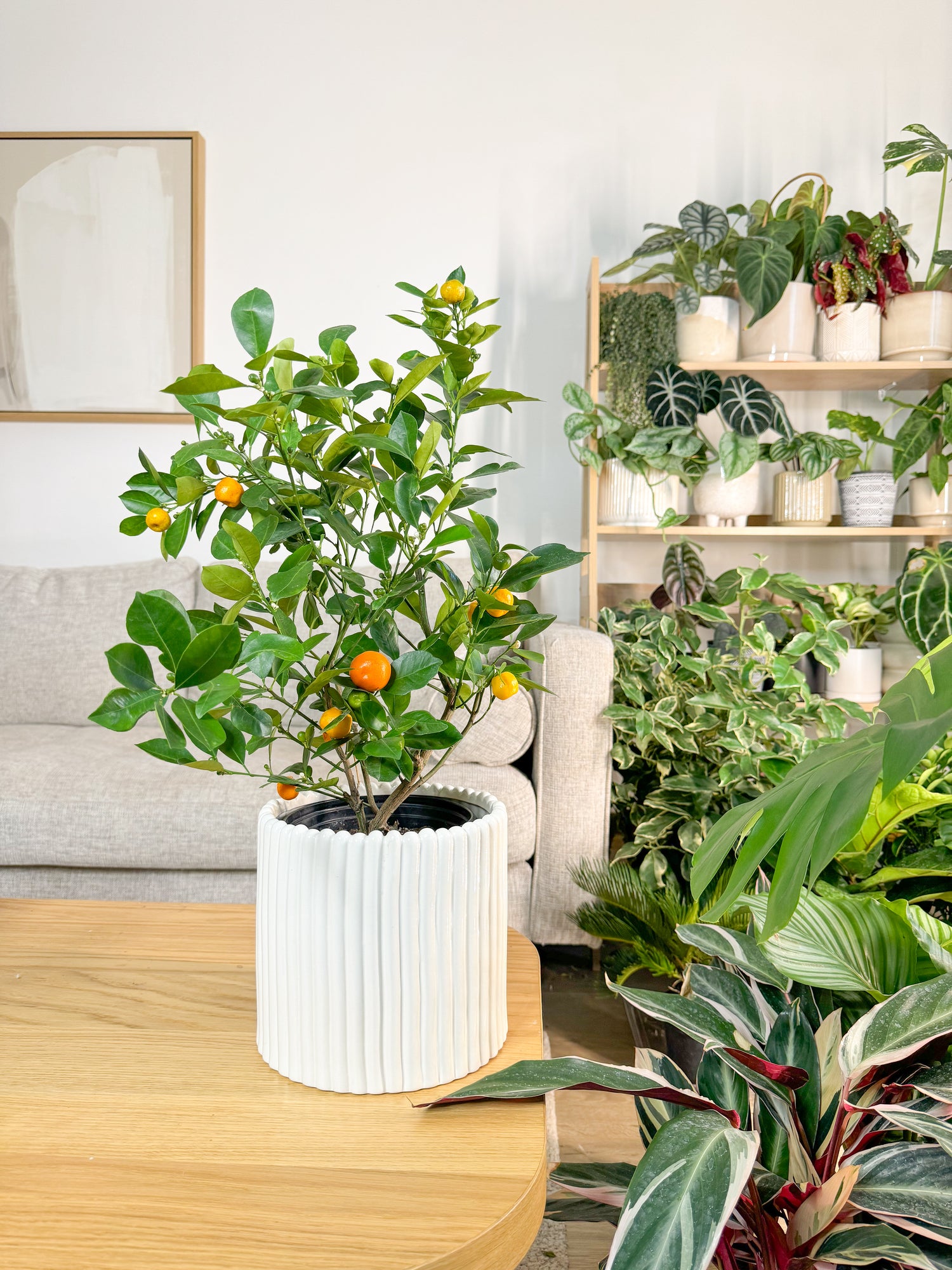
Types of Plant Pots
Ceramic Pots
Ceramic pots are glazed and come in a variety of decorative styles. They retain moisture well and are more durable than plastic pots. However, be sure to choose one with proper drainage hole or add a layer of gravel at the bottom.
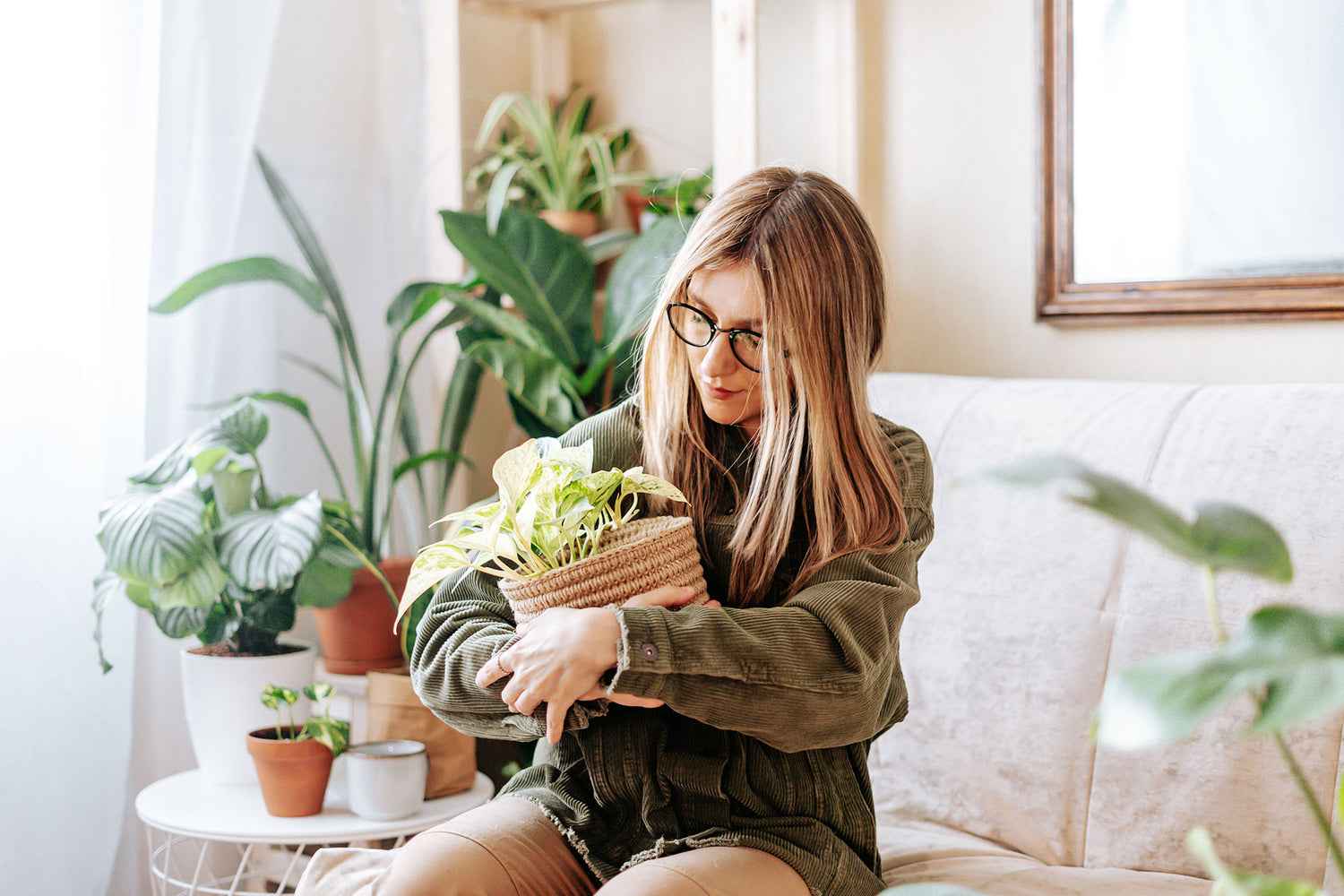
Types of Plant Pots
Metal Pots
Metal pots are durable and stylish, often used for modern or industrial-themed decor. However, they can heat up quickly in direct sunlight and may cause the soil to dry out faster. It's best to use them as outer containers (cachepots) with a plastic or terra cotta pot inside.
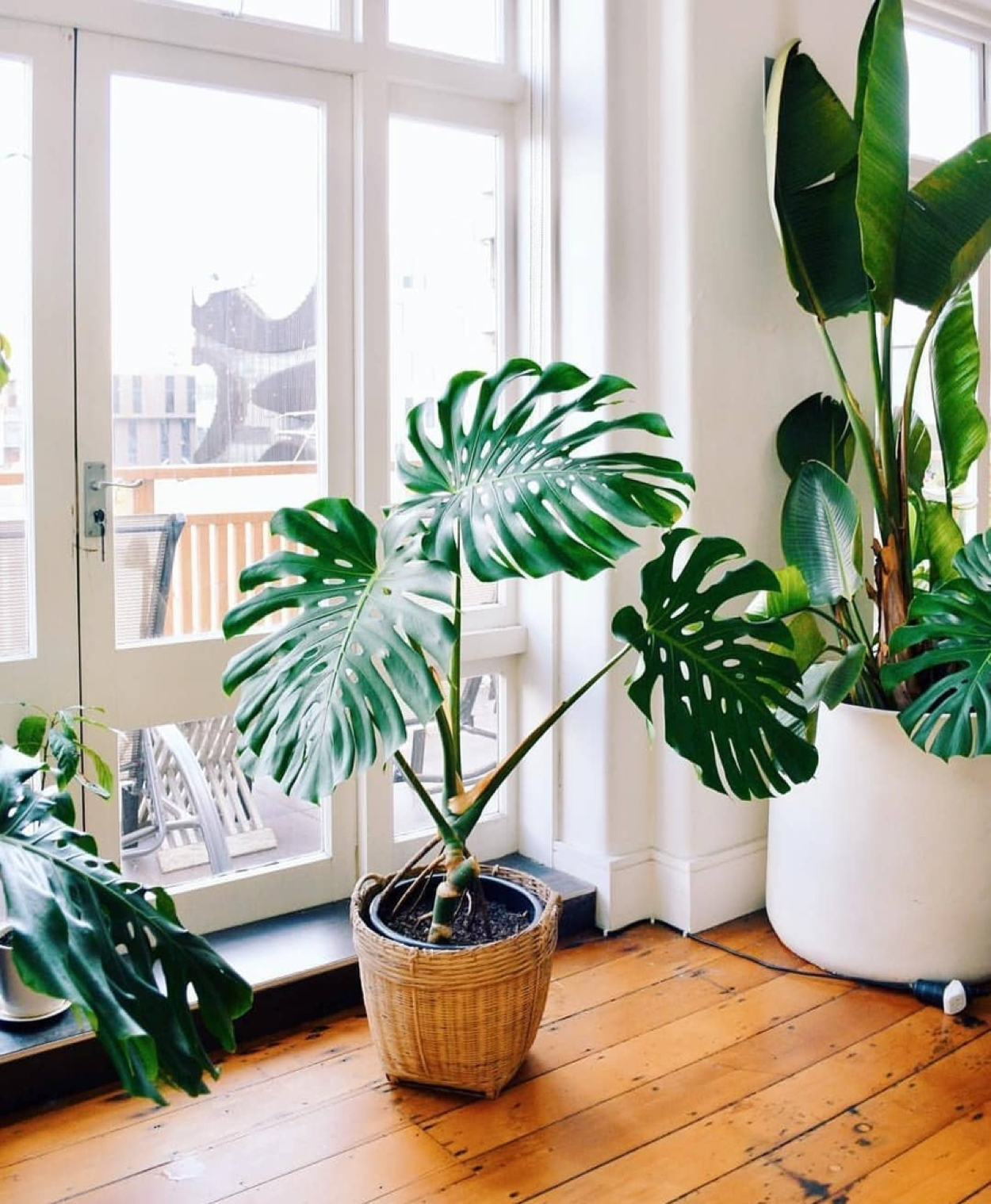
TYPES OF PLANT POTS
Jute Baskets
Jute baskets are becoming more and more popular as a form of decoration for houseplants. For sure, such baskets can be used only to decorate other pots, the plants should not be set inside of the basket. It's also important to keep in mind that you have to take the plant out of the basket for watering in order to keep it clean and dry.

Choosing the Right Plant Pots
Drainage
Proper drainage is essential for preventing root rot and ensuring healthy plant growth. Look for pots with drainage holes, or be prepared to add a layer of stones or perlite at the bottom to improve drainage.
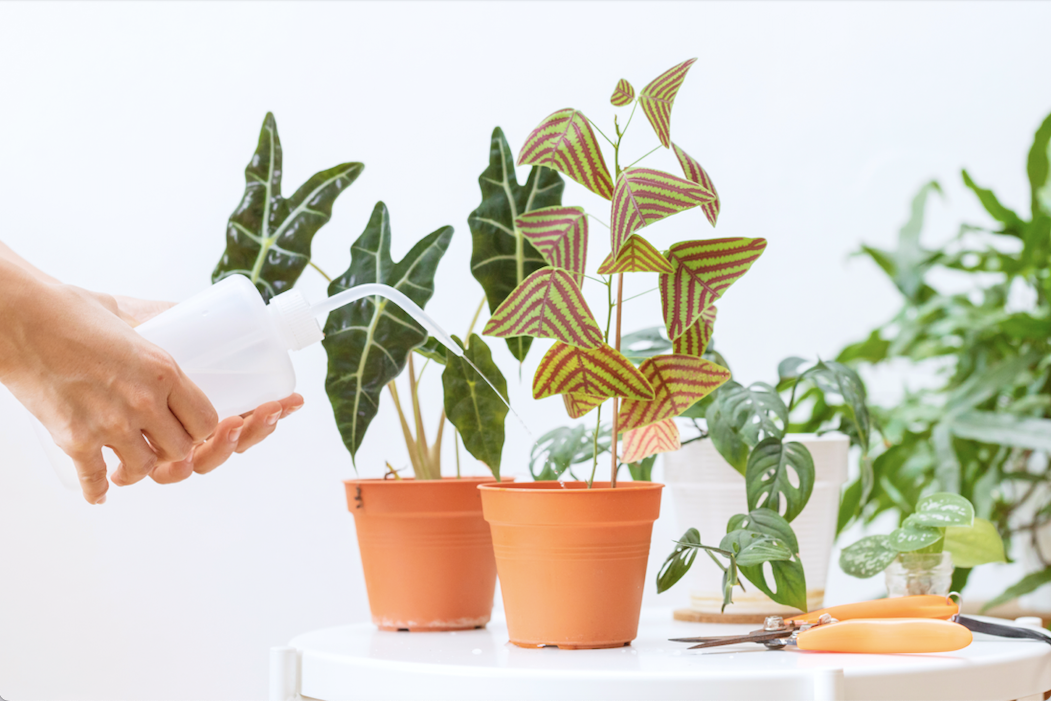
CHOOSING THE RIGHT PLANT POTS
Size
The pot size should be appropriate for the plant’s root system. A pot that’s too small can restrict growth, while one that’s too large can retain too much water. As a general rule, choose a pot that’s 1-2 inches larger in diameter than the plant’s current pot.
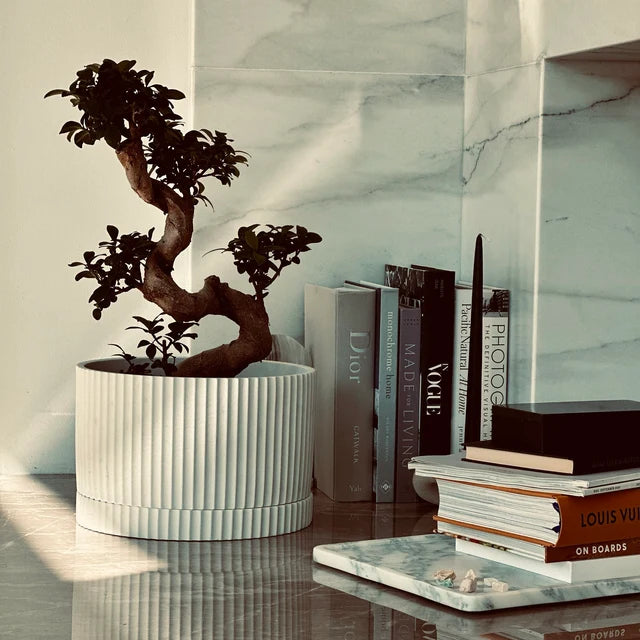
CHOOSING THE RIGHT PLANT POTS
Material
The pot size should be appropriate for the plant’s root system. A pot that’s too small can restrict growth, while one that’s too large can retain too much water. As a general rule, choose a pot that’s 1-2 inches larger in diameter than the plant’s current pot.
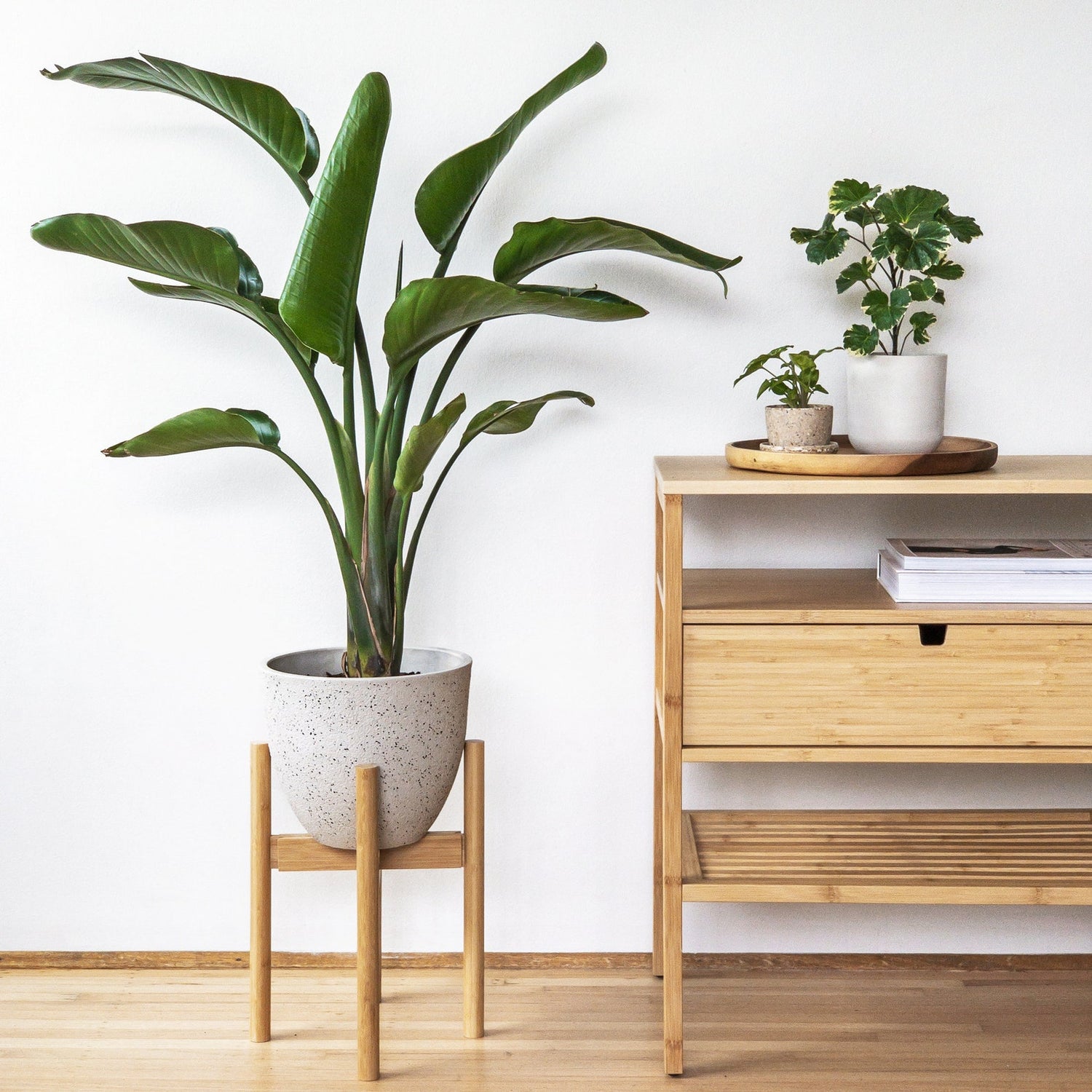
CHOOSING THE RIGHT PLANT POTS
Elevating Pots
Consider using pot feet or stands to elevate your pots, improving air circulation and preventing waterlogging at the base.
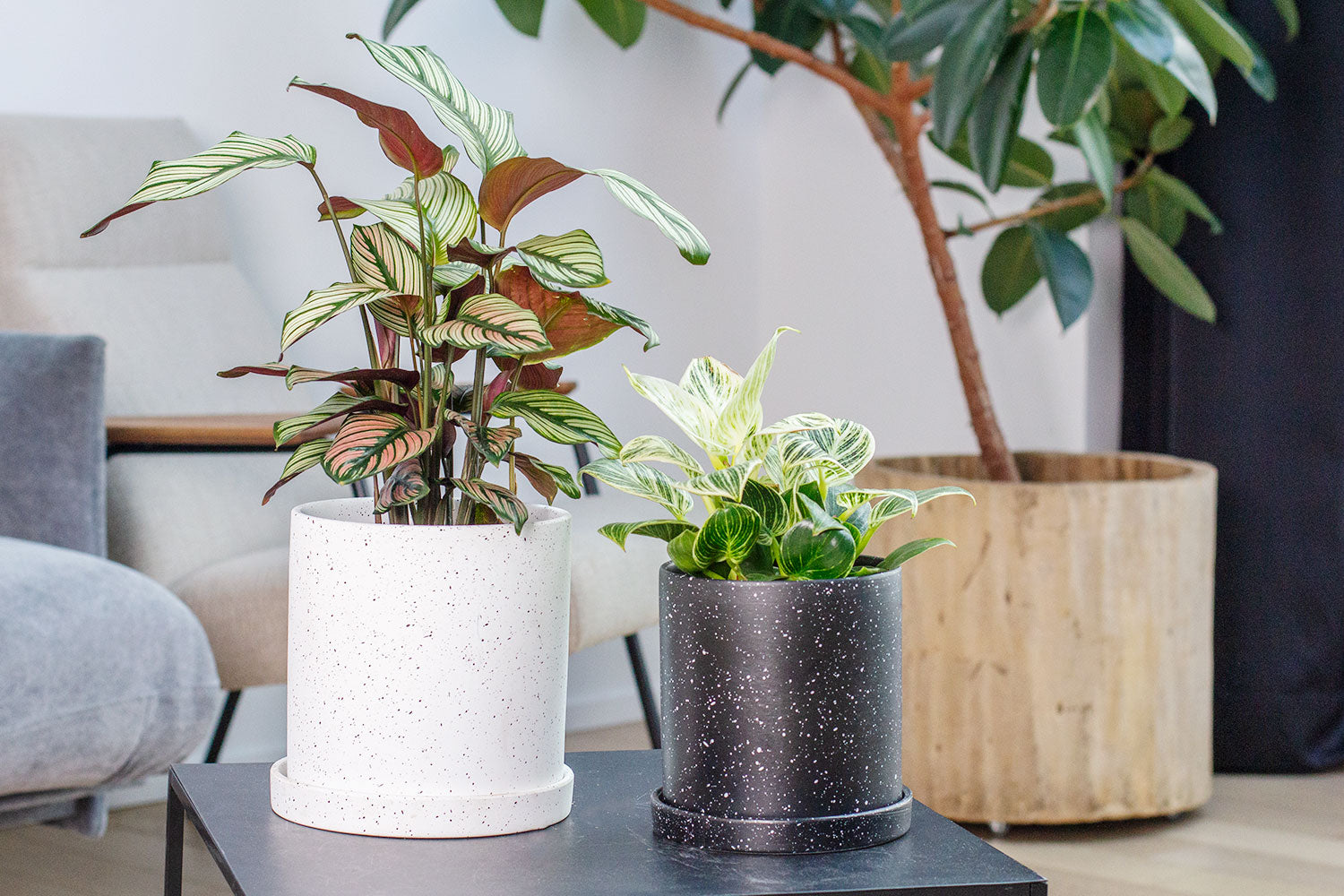
CHOOSING THE RIGHT PLANT POTS
Aestetics
While functionality is crucial, don’t forget about the aesthetics. Choose pots that complement your home decor and make you happy to see them every day.
Choosing the right pot for your plants can make a significant difference in their health and growth. By considering the needs of your specific plants and the key factors outlined above, you can ensure your green friends thrive in their new homes.
